This is an artist's rendition of the AIM spacecraft taking measurements of the mesosphere while flying through space.
Click on image for full size
Courtesy of NASA (Hampton University)
AIM Mission Overview
Do you know what the highest clouds in the atmosphere are called? Polar Mesospheric Clouds (PMC’s)! These are very special
clouds that form about 50 miles above the Earth! They are called Polar because they normally form close to the poles of the Earth (not near the equator). They are called Mesospheric because the form in
the mesosphere, the third
layer of the Earth's atmosphere.
There is a new mission that will study these PMC's. It is a spacecraft called AIM (this stands for Aeronomy of Ice in the Mesosphere). The (AIM) mission will be launched in 2006 and will study these clouds in detail for over two years.
Look for PMC's high in the sky just when the Sun is setting. If you see glowing, blue-white clouds, you might be seeing PMC's. AIM and its 3 instruments will be looking too!
You might also be interested in:
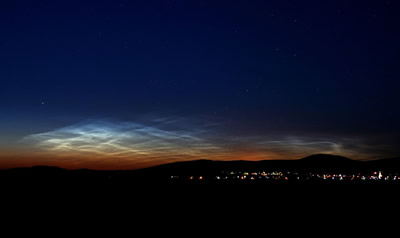
There is a special kind of cloud that is found in the mesosphere, which is the third layer of the Earth's atmosphere. These clouds are called noctilucent clouds (NLC’s) or polar mesospheric clouds (PMC’s).
...more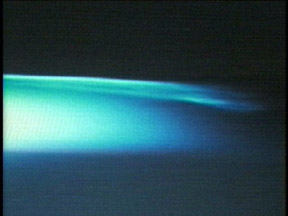
Have you ever seen a noctilucent or "night-shining" cloud? Don't worry if you haven't - they are a fairly recent "discovery" in the world of science. Here's what we know! The first reporting of these eerie
...more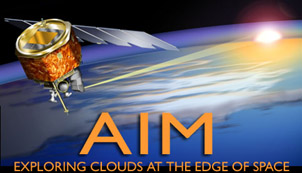
Some satellites study Earth from space. Some of them study our atmosphere and weather. Some take pictures of clouds. Others use special instruments to make measurements of temperature, humidity, or the
...more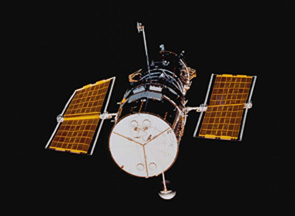
The Hubble Space Telescope (HST) is really neat! It was first launched in 1990, but scientists started building it in the 1970's! We have found all kinds of objects like stars, nebulae and galaxies. The
...more
Apollo 11 was the first mission that landed a person on the moon. On July 16, 1969, the U. S. rocket Saturn 5 was launched carrying the lunar landing module Eagle. The Eagle was released and it reached
...more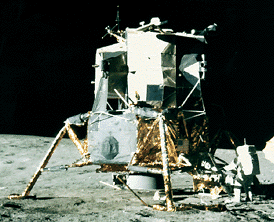
Apollo 12 was launched on Nov. 14, 1969 and arrived at the Moon three days later. Astronauts Charles Conrad and Alan Bean descended to its surface, while Richard Gordon remained in lunar orbit aboard the
...more
Apollo 15 marked the start of a new series of missions from the Apollo space program, each capable of exploring more lunar terrain than ever before. Launched on July 26, 1971, Apollo 15 reached the Moon
...more














